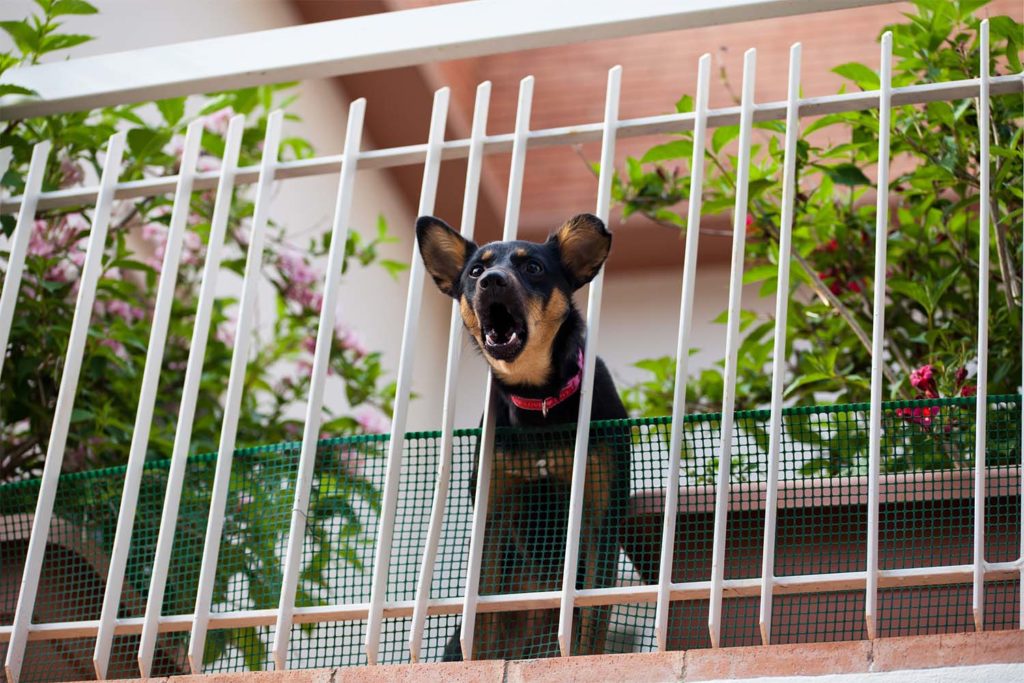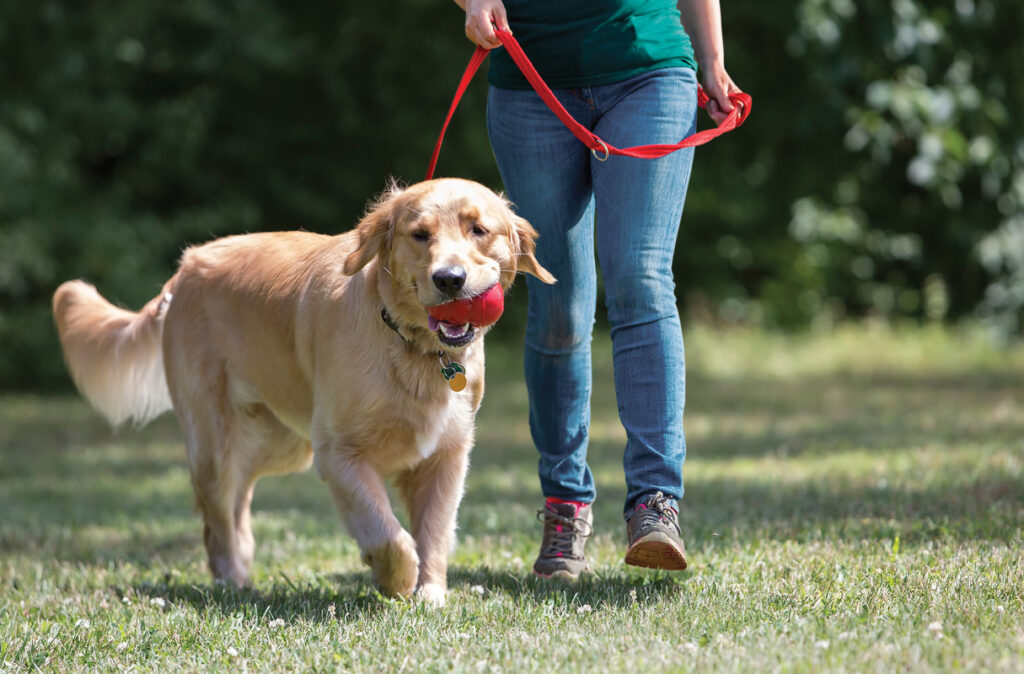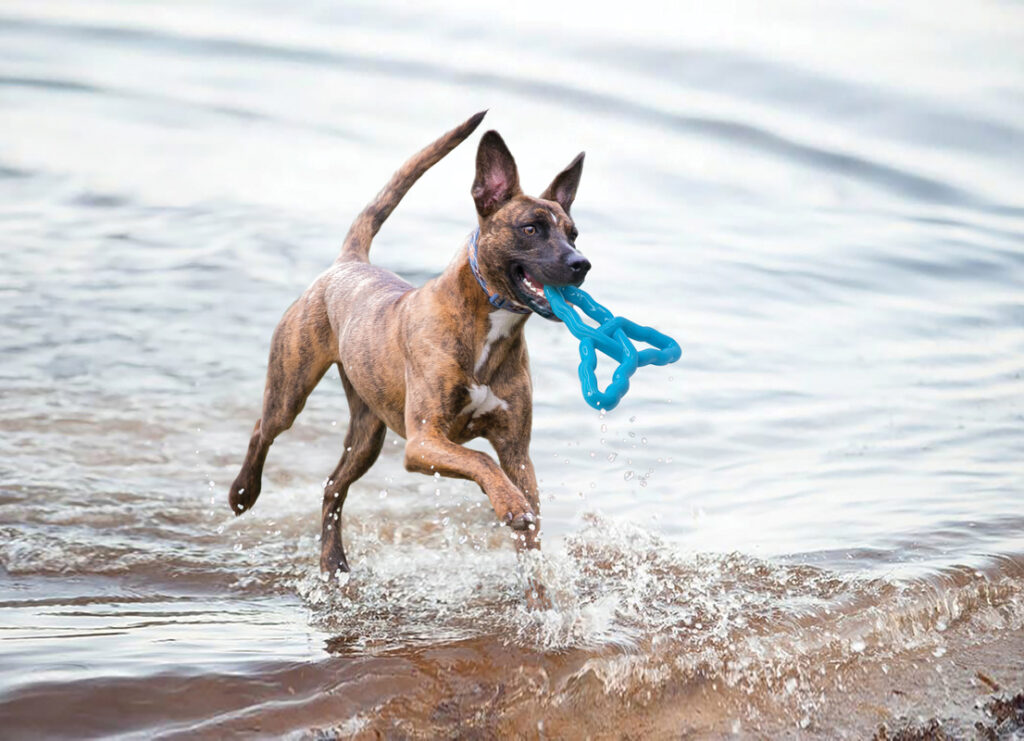This will come as absolutely no surprise to pet parents, but some dogs are barkers. Whether they are excited, bored, fearful, or seemingly feeling any emotion at all, it can be punctuated with a bark. Humans have exclamation marks; dogs have barks.
Since this particular canine behavior can be indicative of so many different things, it can be challenging to address.
The acoustics of a dog’s bark are similar to a baby’s cry — they are both made to get our attention quickly. In layman’s terms, that means that they are both loud and not particularly pleasant noises.
Subsequently, our neighbors might not appreciate hearing our beloved pet barking long after we leave. More importantly, our dogs aren’t quite so happy either. Take this barking as a type of signal… What is your precious pup trying to get across?
Throughout this article, we will explain why it could be that your dog has made a habit of lonely barking. Once established, we’ll delve into what you can do to make and keep the peace.
Why Might Your Dog Bark While They Are Alone?
If possible, you should first identify the reason behind your dog’s barking while they are alone. From there, it becomes a simpler process to address the issue and create a happier, quieter home.
Your Dog Is Feeling Bored
A bored dog can be potentially destructive. So, it’s in everyone’s best interest to help correct this behavior before your leather couch becomes your dog’s new favorite chew toy.
Common causes of canine boredom include a lack of enrichment, socialization, or a stagnated environment (or a combination of these factors). Looking to fill their time, they could start gnawing at furniture, scratching at doors, and doing other destructive actions.
Bound by their lack of thumbs and ability to read, dogs will create their own forms of entertainment. The key is to provide them with enough activity so that your expensive custom shoes won’t pay the price.
How To Help a Dog Feel Less Bored
You can banish boredom by providing man’s best friend with specifically curated toys, setting a routine, and generally making their surroundings more vibrant, interactive, and enjoyable.
We will be going more in-depth on how to enact these suggestions later in the article, so keep on reading!
Is Your Dog Experiencing Separation Anxiety?
Dogs are social animals, just like people, and as such, they require a significant amount of socialization to stay content.
If you bring home a puppy, providing proper socialization can inform their behavior for the rest of their lives. This incredible bond is what makes canines such wonderful companions to both humans and other animals alike.
Of course, different dogs will want varying amounts of socialization depending on their personality. That being said, it can be easy for even more independent dogs to feel lonely when they don’t have company.
This principle can be taken even further when it comes to a dog experiencing separation anxiety symptoms. Separation anxiety in dogs is an intense sense of stress that results from being left alone for a period of time. Being separated from others can result in your dog feeling fearful, frustrated, and above all, lonely.
Separation anxiety is somewhat common in dogs, but it is even more common in rescue pets who may not have always had a secure situation. Dogs who have experienced abandonment, neglect, or abuse might have difficulty being left alone. They could fear that their favorite person ever (AKA you) might never return from your grocery store trip.
There are several ways that separation anxiety in dogs can be dealt with so that everyone has a better quality of life. Before we get into those methods, let’s discuss some common indicators of canine separation anxiety.
What Are the Signs of Separation Anxiety in Dogs?
Dogs experiencing feelings of separation anxiety might resort to certain destructive behaviors.
For instance, nervous chewing, biting, and scratching are all possible. If this feeling gets intense enough, they could even injure themselves. Another prevalent manifestation of separation anxiety in dogs is vocalizations like barking or whining.
Your dog is likely engaging in these behaviors for one or a mixture of several reasons:
First, your dog is probably attempting to get your attention. They do not understand that you are nowhere near your home, and only neighbors can hear the barking. Then, they might practice destructive behaviors as a misguided self-soothing mechanism.
If you have identified these behaviors in your dog after you leave them alone, here is what you can do to help:
How Do You Help a Dog With Separation Anxiety?
The best ways to help a dog with separation anxiety are quite similar to how you can help a dog who is bored. First, you should make sure that they have plenty of enrichment in their lives to keep them busy.
Ensure that there is never any lack of toys for your dog when you leave. Additionally, providing them with a bed or proper crate training that they can use as their safe space can create a feeling of protection.
While toys and zen spaces do a great deal, training techniques are critical as well. For example, you can work on closing the door behind you. Open it up after a second or two. Gradually increase this time until they are more comfortable waiting longer and longer stretches.
While doing this and other practices, praise your dog for calm behavior by giving them a treat or petting them when they settle. You can even train a command like “calm” or “settle for a more direct approach.”
Understand that this process will likely take time, as anxiety is not something that can be treated in a day. With patience, you and your dog will make improvements together. For added help, you can always speak with a veterinarian or an animal behavior specialist.
Keep Them Occupied With New Toys
We mentioned it earlier, but giving your dog more toys to play with while you are gone is an excellent way to keep them occupied. This will prevent their boredom and could also go a long way in distracting them from any separation anxiety they could be feeling.
Dogs need high-quality and durable toys designed to solve boredom, KONG toys can help with that.
Make Sure To Exercise Your Dog Sufficiently During the Day
Another reason that dogs are often prone to bouts of barking and other vocalizations is that they are overly energetic. This typically happens to dogs for the same reason it happens to animals of any other species — they need more physical activity.
Going for walks and playtime help burn energy and build your bond. For dynamic playtime, a toy like the Airdog® Fetch Stick with Rope serves double duty. This toy flies through the air for a speedy game of fetch and is gentle on the gums for a rousing game of tug of war.
When your dog gets enough exercise, they will probably just settle down for a mid-afternoon snooze after you leave rather than barking up a storm.
Provide Your Dog with Comfort Objects
Softs toys and gentle music calm children, and the same can be said for dogs!
Soft piano music or playlists geared for meditation can be a huge help. If your dog is a snuggler, try a comfort object like the Comfort Kiddos Bear. This fluffy toy has an easily-removed squeaker — perfect for a session of pure chill.
For an extra touch, keep the Comfort Kiddos Bear in your bed for a few nights. This way, it will smell like you, keeping your scent around when you leave. Who knows? You might even want to get a matching bear for yourself!
All Bark and No Bite
Your dog barking while alone can be a troublesome habit depending on your situation. Thankfully, there are ways to help your dog calm down and also quiet down in the process.
Having a dog is always exciting, but sometimes, we all need to chill.
Sources:



